Who doesn’t want long, shiny, and super healthy hair? Having thick hair is every girl’s dream. But getting there may not always be easy. Factors such as unhealthy diet, pollution, lifestyle, and using the wrong hair care products can all contribute to dull hair. If you’re struggling with this, you’ll first need to change your hair care routine. Keeping your hair healthy and stylish can help you feel more confident and attractive, and if you’re ready to get the most out of your hair, here’s a guide on how to build a hair care routine.

Why Is It Important To Maintain A Hair Care Routine?
Maintaining a good hair care routine is just as important as following a skincare regimen—it keeps your hair soft, healthy, and free of infections, greasy, and other bad conditions. Most people think that a good hair care routine only focuses on keeping your hair clean.
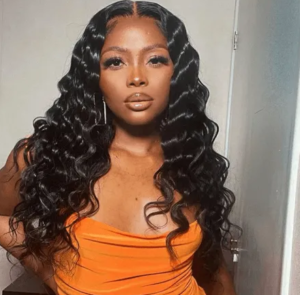
Of course, this is important. But just as important is understanding your hair type, knowing which hair care products are right for your hair type, and determining your hair care routine. Also, you should keep in mind that chemical treatments to your hair can cause damage to your strands. Let’s read on.
How To Develop Your Hair Care Routine?
1. Determine your hair type
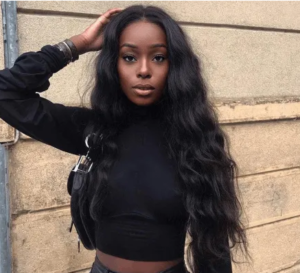
Hair type doesn’t just refer to the texture of the hair. There are also factors, such as your hair’s ability to absorb moisture or whether it’s prone to breakage, that can help determine your hair type. We’ve listed five factors below to help determine if your hair is thick, fine, rough, frizzy, or greasy.
1.1 Diameter
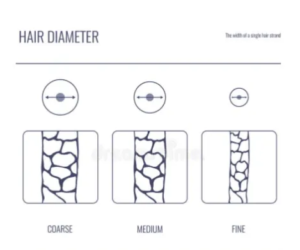
Do a simple strand test. Take a piece of hair between your fingertips, if you don’t feel anything, it’s fine. If you do feel single strands, your hair is medium width, and if it feels thick or textured, your hair is probably rough.
1.2 Density
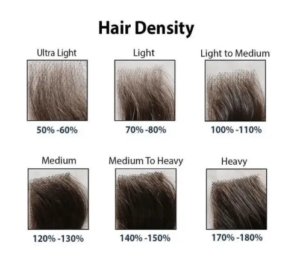
Hair density refers to how much hair you have. To determine your hair density, take a handful of hair from the front of your head and gently pull it aside. If you can see a lot of scalp between the strands of hair you pull, you have thin hair density, and if you can barely see your scalp, then you have thick hair. Anything in between is medium density.
1.3 Porosity
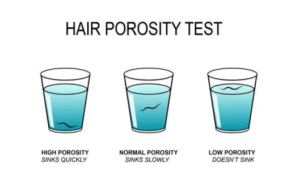
This is the hair’s ability to absorb moisture and products. To determine hair porosity, fill a bowl with water and place a hair in the bowl. If your strand sinks to the bottom, it has high porosity and absorbs all the moisture. If your hair stays under the surface but still floats, your hair is well-balanced and has “normal” porosity. If the hair strands float on the water, the porosity of the hair is low and it is not easy to absorb moisture.
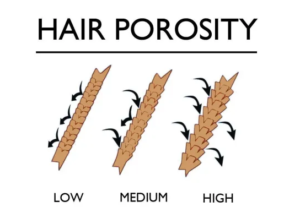
High porosity is usually caused by damaged, frizzy, or dry hair. Low porosity can feel greasy at times because it absorbs a lot of product, but may not distribute it in a corresponding balance.
1.4 Elasticity
Have you ever tried to stretch or break a strand of hair? Hair Response is an easy way to determine hair elasticity and strength. If your hair breaks immediately after trying to pull it with your fingers, you have low elasticity, whereas if you can stretch your hair, you have high elasticity.
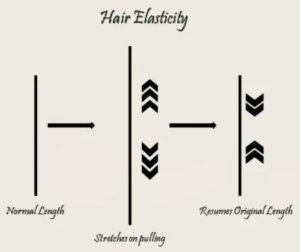
Hair elasticity helps ensure that your hair will hold up to any style. Low elasticity may result in thin hair, while high elasticity may result in thicker hair.
1.5 Texture
This one is simple, is your hair straight, wavy, or curly? Determining your hair type is easier than your ideal type, and knowing your hair type will help you determine which products you need most and how to build your hair care routine to meet all your needs.
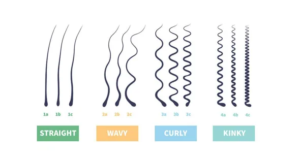
It’s important to remember that hair changes with the seasons, for example, in humid and hot weather you may find your hair more coily or curly, or in colder months, your hair is more porous. This may require minor adjustments to your routine.
2. Choose proper hair products
2.1 Hair care essentials
While the type of product needed depends on your hair needs, there are some must-haves for any hair care routine:
♦ Shampoo and conditioner based on hair type (preferably sulfate-free)
♦ A quality hair dryer with adjustable air volume and heat
♦ Microfiber towel
♦ Heat protection spray or cream
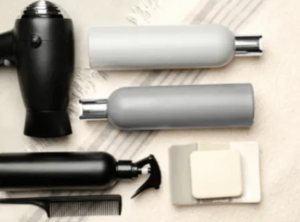
♦ Curly Hair Diffuser
♦ Styling products (sprays, gels, mousses, etc.)
♦ Paddle brush
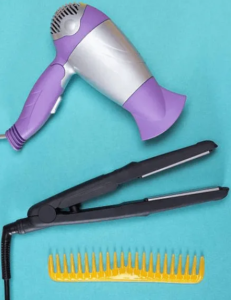
These are generally suitable for all hair types. However, paddle brushes are made of different types of bristles, which can be chosen based on hair type. For example, if you have thick hair, choose a stronger bristle brush like nylon and synthetic fibers that will go smoothly through textured hair.
2.2 Hair care routine options
♦ Dry shampoo
♦ Straightener/Flat iron
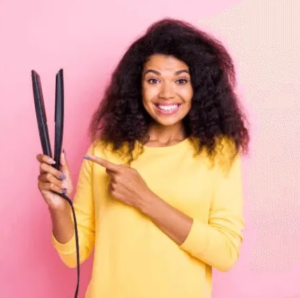
♦ Curling wand
♦ Hair extension
♦ Hair mask
♦ Scalp massager
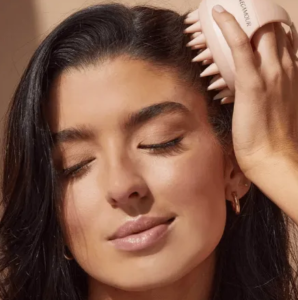
3. Determine the cycle of washing your hair
Now that you’re more familiar with your hair type and essentials, let’s go over the basics of your hair care routine, starting with your washing routine.
3.1 Hair washing cycle
Ideally, you should wash your hair no more than 3 times a week. This will also change based on your hair type and activity. For example, if you enjoy hot yoga classes and exercise, or find yourself using more styling products, your hair may become oily faster due to sweat and buildup, so our advice is to be flexible with your hair head.
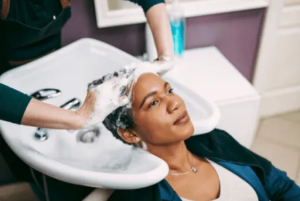
In general, if you have dry hair, shampoo twice a week. If you have thick or frizzy hair, washing twice a week also works because the scalp’s natural oils don’t reach the hair shaft as quickly as fine hair. Ladies with oily hair can wash 3 times a week.
3.2 Using hair conditioner properly
In any case, conditioner should be used in your shampoo routine. Conditioner helps nourish and condition the hair after shampooing.

Importantly, apply the conditioner from the mid-shaft to the ends of the hair, massage the product into the hair, and depending on the type of conditioner, allow it to sit for a few minutes before rinsing. The mid-shaft and ends of your hair usually need the most moisture, especially if your hair has been chemically treated or has damaged ends.
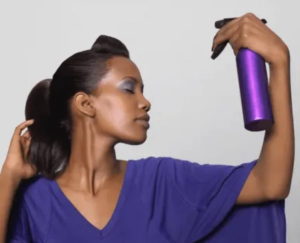
Choose shampoo and conditioner according to your needs. There are many products out there to deal with everything from dry hair to dyed hair. In all cases, look for nourishing ingredients and avoid sulfates.
4. Dry and style your hair carefully
Now that the dos and don’ts of washing have been said, what about drying and styling?

♦ Drain excess moisture with a microfiber towel and avoid rubbing your hair with a non-microfiber towel.
♦ If using a blow dryer or diffuser, apply a hair protectant first and blow dry accordingly. If trying to style hair, use a paddle brush or a round brush.
♦ If you have time to hang out around the house, apply some styling products and let your hair air dry. Limiting your hair’s heat as much as possible will help preserve the health and integrity of your hair.
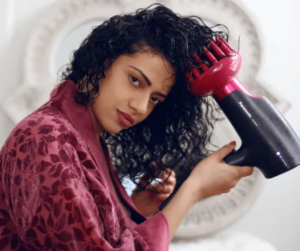
♦ Whether to use a flat iron or curling iron depends on the style you want to get after using the blow dryer. Heat protectants should be applied first and styling products should be used before and after styling depending on the porosity of the hair.
♦ If you want to keep your waves or curls overnight, pin them loosely around your head so you can prep them in the morning.
Conclusion
Here you have it! Hair care routine and its importance and essentials! Hair can be an important plus for making the first impression, and healthy hair is one of the common pursuits. So don’t hesitate to make a hair care routine for your hair now! If you find this article helpful, please click the forward button to share it with your relatives and friends! If you’re interested in this topic or have any questions, don’t be shy and leave a comment below the article!



